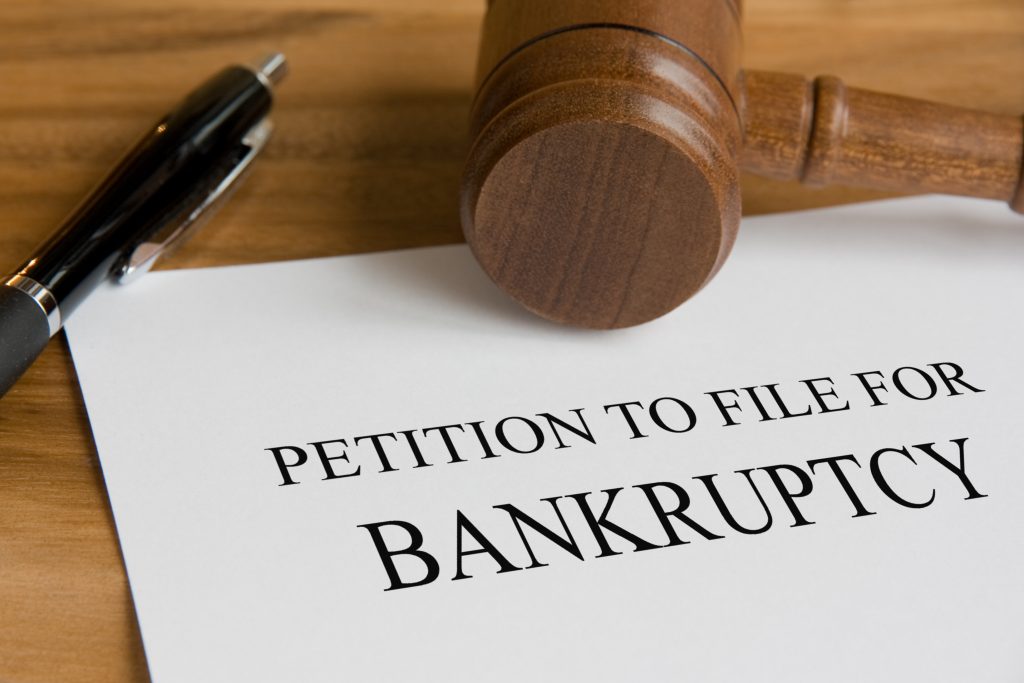
After filing for bankruptcy, secured and unsecured debt will be handled differently. Depending on the personal financial situation of debtors, there are various options to discharge or reduce these debts in Chapter 7 or 13 bankruptcy.
Options for Secured Debts During Bankruptcy
Secured debts include liens on assets such as homes, vehicles and department store credit cards. These debts, which are given higher priority during bankruptcy, use the physical assets as collateral to protect the lender. Depending on whether debtors file Chapter 13 or Chapter 7 bankruptcy, the outcome of secured debts can vary.
After filing for Chapter 7 bankruptcy, secured assets can be sold to pay back lenders. Any leftover debts after assets are sold become unsecured debt, which are then eligible for bankruptcy discharge.
However, not everyone filing for Chapter 7 bankruptcy will need to have their important assets auctioned off to pay back creditors. There are certain property exemptions and other options to protect assets under state and federal laws. These exemptions keep property out of the bankruptcy estate and away from lenders, including equity in a house, equity in a car, retirement assets and most personal property. In fact, many people who file Chapter 7 bankruptcy are able to keep all of their property. Debtors can also reaffirm loans (such as an auto loan), which is an agreement the outstanding debt will still be paid after bankruptcy. This way a person could keep his or her vehicle, but discharge other troublesome debts.
Chapter 13 bankruptcy also has options to reduce the balances on secured debts and keep valuable assets. For example, the Chapter 13 cramdown and lien stripping are options that can help save vehicles and homes.
Options for Unsecured Debts During Bankruptcy
Unsecured debts include medical bills, personal loans, most credit cards and other types of loans not backed by physical assets. Depending on whether debtors file for Chapter 13 or Chapter 7 bankruptcy, these debts can be discharged or paid back for pennies on the dollar.
For example, a person filing for Chapter 7 bankruptcy could receive a discharge on tens of thousands of dollars in medical bills. Under Chapter 13 bankruptcy, this same person would pay back a small portion of the medical bills before being granted a discharge, as they are nonpriority unsecured debt.
We hope this blog can show you that there are options for secured and unsecured debts that many people are unaware of. Working with a bankruptcy attorney can help debtors understand available options for their specific financial situations.
 Book an
Book an Email
Email Directions
Directions







